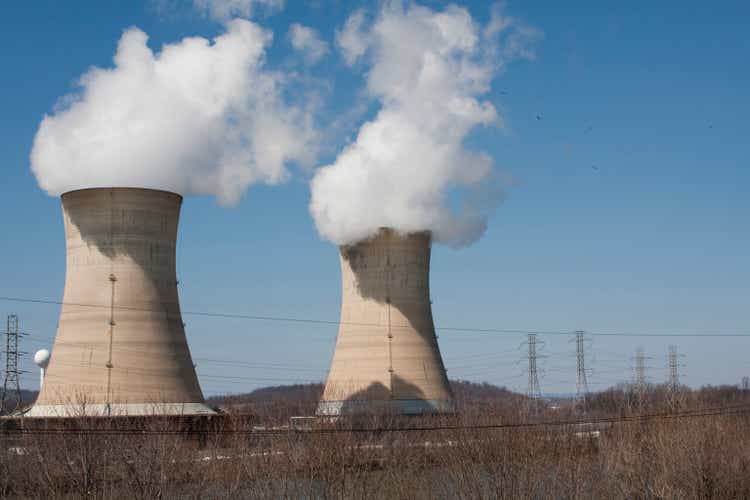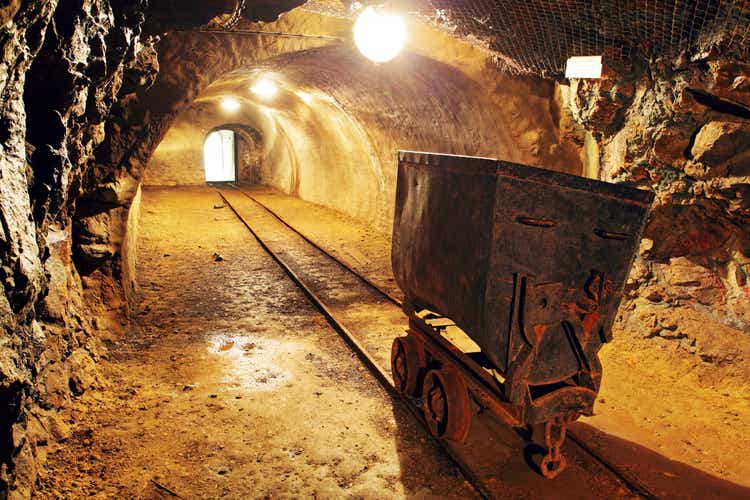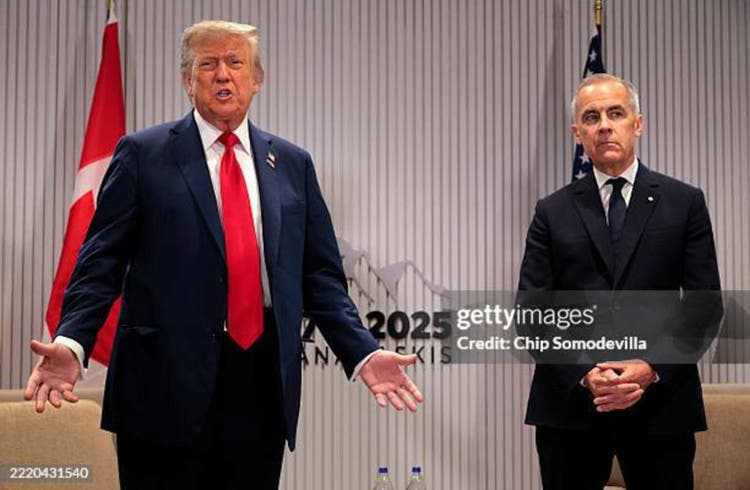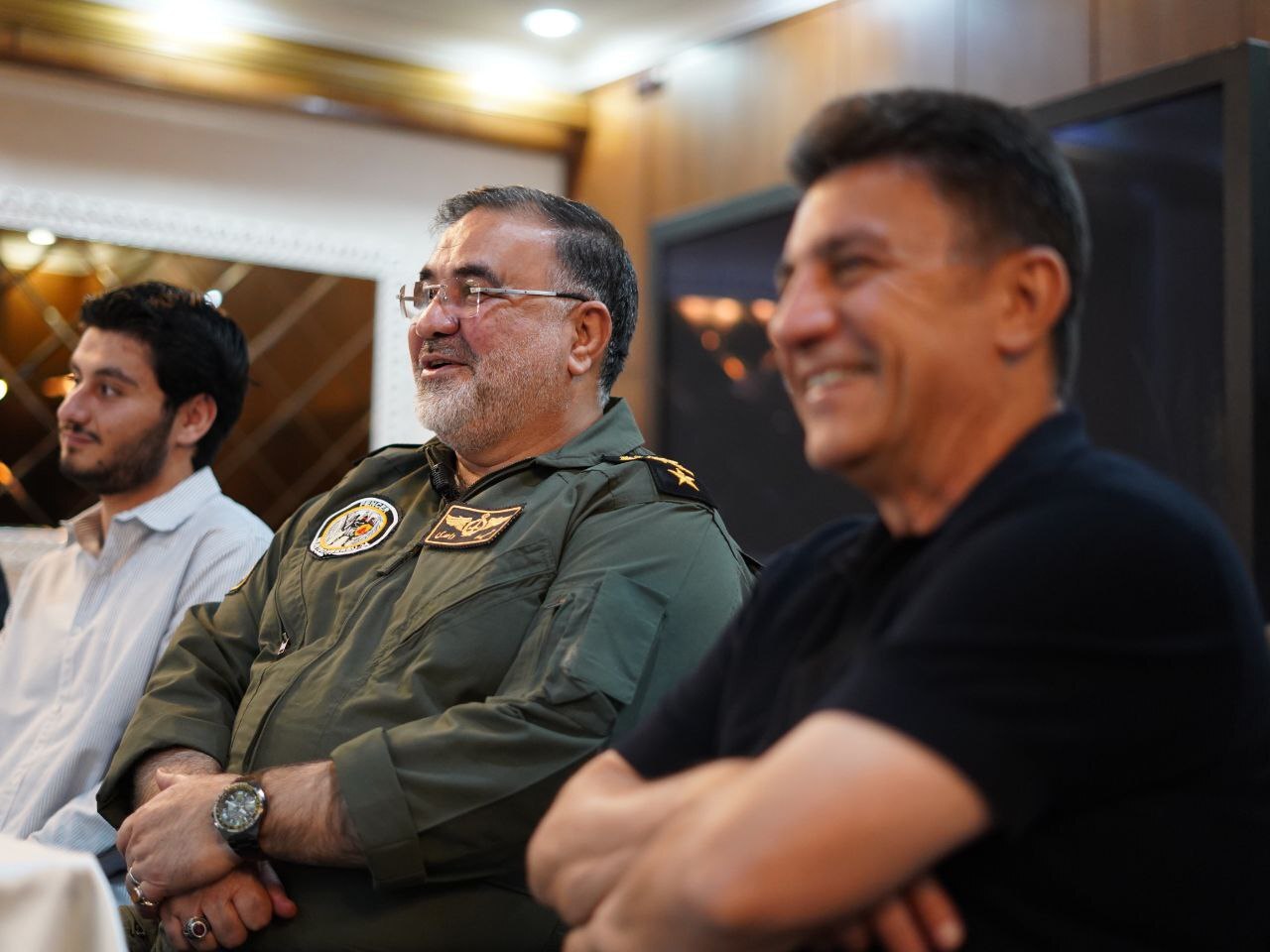The Israel-Iran confrontation has reached a dangerous new phase, with missile exchanges continuing for a fourth straight day as of Monday, June 16. Tensions have been building for months, but the conflict exploded into open warfare after Israel launched a surprise strike on Iranian territory, targeting nuclear and military infrastructure under Operation Rising Lion. In retaliation, Iran unleashed a barrage of missiles on Israeli cities, killing civilians and raising fears of a wider regional war. Amid calls for de-escalation, both sides remain defiant, with Iran refusing ceasefire talks and Israel vowing more strikes. The United States has also emerged as a key player behind the scenes, with revelations about its prior knowledge of the operation and past vetoes of Israeli plans to assassinate Iran’s Supreme Leader.
1. Operation Rising Lion: What triggered the offensive?
Israel launched Operation Rising Lion in a surprise strike on Iran in the early hours of Friday, June 14. The trigger: what Israeli intelligence called Iran's "imminent capacity" to develop nuclear weapons. Israeli PM Benjamin Netanyahu said the strike was an eleventh-hour decision to prevent a catastrophic threat.
2. Targets across Iran: What was hit?
Over 100 strategic sites across Iran were hit in coordinated airstrikes, including missile depots, uranium enrichment facilities near Natanz and Isfahan, and key military installations. Satellite imagery has confirmed extensive damage to Iran's defence and nuclear infrastructure.
3. Top Iranian officials killed
The Israeli offensive reportedly killed several senior Iranian figures:
-
Maj Gen Mohammad Bagheri, Iran’s Chief of Defence Staff
-
IRGC Commander Hossein Salami
-
Six nuclear scientists involved in weapons-grade uranium research
4. Netanyahu’s justification
Prime Minister Netanyahu defended the action, saying: “We were facing a dual existential threat — nuclear bombs and a ballooning missile arsenal. The hour was late. We acted in the 12th hour.”
5. Iran retaliates with missile barrage
Within hours, Iran responded with a barrage of ballistic missiles and drones targeting Tel Aviv, Jerusalem and Haifa. Israeli cities suffered casualties and infrastructure damage. Bat Yam and Tamra saw some of the worst hits, with civilian deaths reported.
6. Human toll mounts
The conflict has caused rising civilian and military casualties:
-
Iran: 224 reported dead, including civilians
-
Israel: 14 dead, over 390 injured
7. Indian students caught in the crossfire
Several hundred Indian medical students studying in Tehran and Isfahan have appealed for evacuation. Bombings were reported within a few kilometres of Shahid Beheshti University hostels. MEA has issued emergency helplines and updates via Telegram.
8. Iran’s warning to the West
Iran’s Foreign Minister warned that if countries like the US, UK or France aid Israel via airbases, intelligence or warships they too could be targeted. Supreme Leader Ayatollah Khamenei vowed “severe punishment.”
9. Trump’s role and potential US involvement
US President Donald Trump initially called Israel’s action “unilateral” but later admitted prior knowledge. He said US forces are “positioned if needed” and revealed a call from Putin offering to mediate. Trump called Iran-Israel peace “possible.”
10. No end in sight
Despite international calls for a ceasefire, Israel has signalled continued aggression. Military spokesperson Col. Avichay Adraee warned in Farsi: “Leave now. Your lives are in danger.” Netanyahu, claiming a missile hit his bedroom, said: “I am still here. Israel is still here.”

 7 hours ago
1
7 hours ago
1















 English (US) ·
English (US) ·